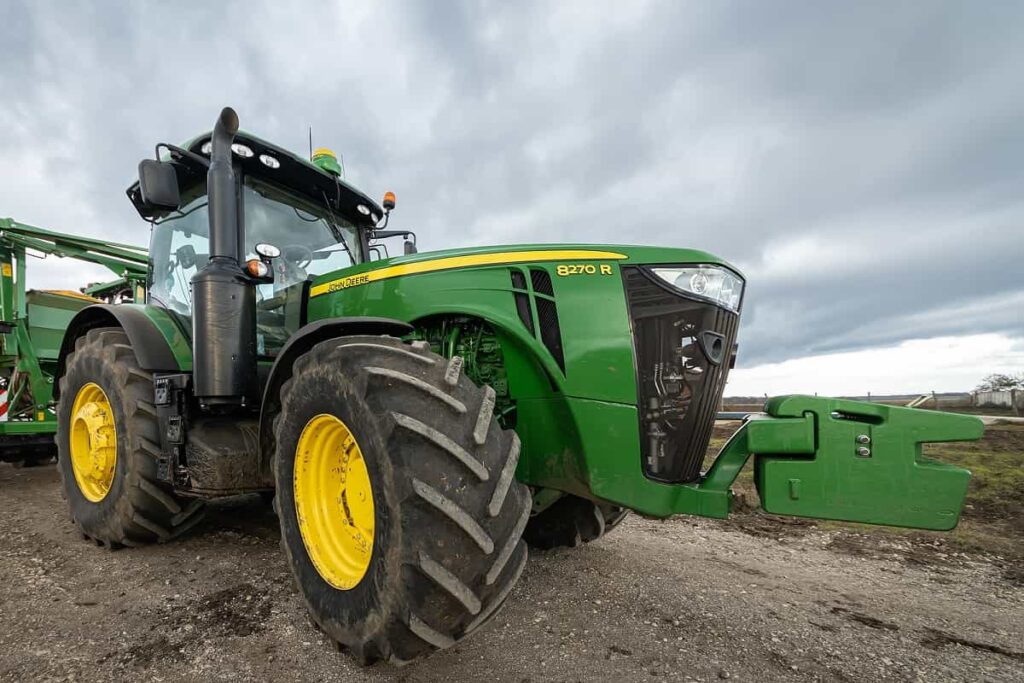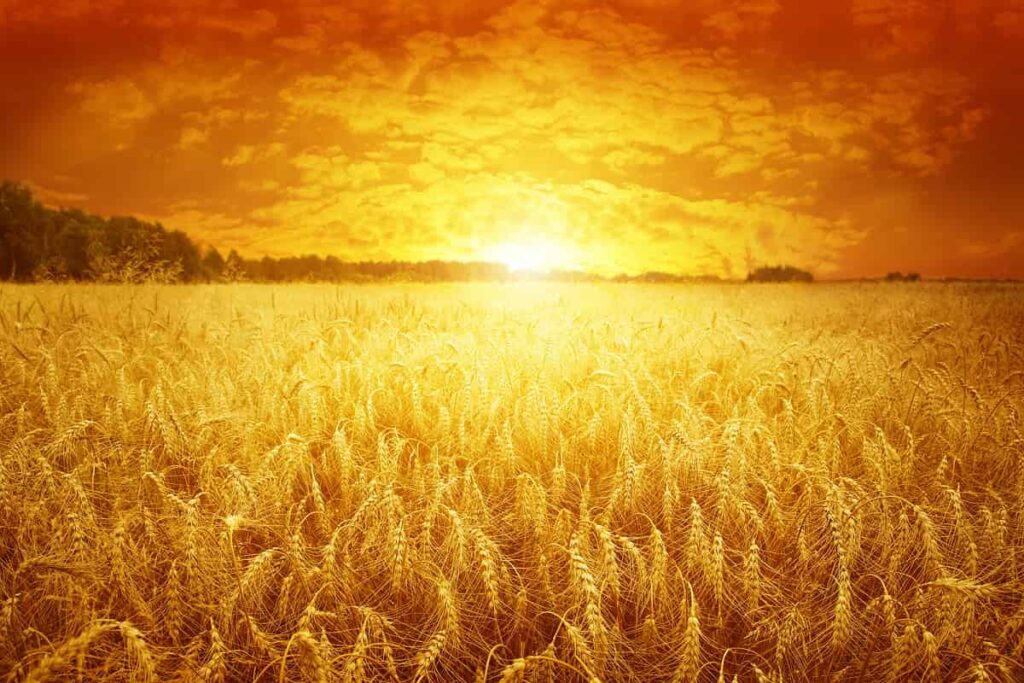The Benefits of Aquaculture with IoT Technology
Table of contents

Earlier this year, we took our underpaid MBAs on a field trip. We don’t do any of that team-building, touchy-feely stuff where you fall into each other’s arms or go to a ballgame where they charge $10 for watered-down beer. Nope. We wild-harvested shellfish—clams, oysters, and mussels—straight from the beach. Why? Well, we can’t afford a catered seafood buffet for one thing. And there’s no better way to build esprit de corps than digging into a barnacle-encrusted oyster shell with a blunted tool to extract slimy, salty flesh. It turns out not everyone is a frugal hunter-gatherer like us, so fish farming is big business. Where there’s money, there will be a tech entrepreneur with a solution. In this article, we’ll talk about how startups are bringing Internet of Things technology to improve the benefits of aquaculture. Finally, a topic we can really dive into.
Aquaculture involves the breeding, rearing, and harvesting of animals and plants in both fresh and saltwater environments, mainly for food and to be used as props in Red Lobster commercials. Globally, aquaculture supplies more than 50 percent of all seafood produced for human consumption, according to NOAA, which estimated the value of the market at about $160 billion back in 2014. And, if you believe the random market reports generated by unemployable MBAs, the aquaculture industry will be worth north of $200 billion by the next decade. Meanwhile, seafood and aquaculture tech startups reeled in $193 million in 2016, a 271% increase on the $52 million raised across both 2014 and 2015, according to AgFunder News. It’s only a matter of time before we pull the last bluefin tuna out of the ocean, so we’ll once again need technology to save the day.
Benefits of Aquaculture with IoT Technology
Enter IoT companies and startups that are using or developing technologies that pull in data, from smart sensors to satellites, that can be crunched using various cloud-based analytic software tools, including artificial intelligence, to make aquaculture operations more efficient and even eco-friendly. For example, mega-corporation Cargill announced earlier this year that it would release a predictive software platform called iQShrimp that uses machine learning and sensors to give farmers insight into their operation. The platform collects data on shrimp size, water quality, feeding patterns and weather conditions using mobile devices, sensors, and automated feeders. Combined with other data, the algorithms go to work to provide recommendations such as feeding management strategies and optimal harvest dates.
Currently, Cargill is a big fish in a small pond. But here are some startups that hope they can survive the upstream battle.
Predicting Environmental Changes with IoT Technology

Such hyper-local information is particularly useful for oysters farmers who are often forced to shut down harvest areas due to heavy rains that can wash contaminants into bays. However, those decisions are typically based on monitoring rain gauges from public weather stations that could be many kilometers away, resulting in financial losses of between $20,000 and $100,000 a day depending on the season. The Yield says its predictive IoT system can reduce unnecessary harvest closures by 30 percent. That’ll at least buy you a baker’s dozen of freshly shucked oysters.
Counting Fish Using IoT Technology
Founded in 2009, Canadian aquatech company XpertSea Solutions has raised about $8.8 million, including about $7.5 million in April. Investors included Aqua Spark, one of the few investment firms to focus on aquaculture exclusively. If you thought counting sheep could put you asleep, try counting fish larvae. That’s what the company’s high-tech XperCount bucket does for hatcheries and fish farms trying to better control inventory. Employing AI and computer vision to count and size organisms such as shrimp larvae, XperCount is an IoT-enabled device that connects to a portal where customers can access data and analytics.

The company claims its platform is more efficient and accurate than traditional methods of hand-counting. For example, an aquaculture company in India has replaced manual counting with XperCount. It used to take two people 25 minutes each to count post-larvae from a random bag during packing. Now, with the XperCount, one person can count up to five bags in that same time. XperCount also increased the company’s counting accuracy by 60 percent, according to the case study. XpertSea has customers in 48 countries.
Watching Fishy Behavior with IoT Technology
Found in 2016, Umitron is headquartered in Singapore but is mostly run by a team with roots in Japan. The startup raised a Seed round worth $8.3 million this month. At the core of the technology is UmiGarden, an IoT device that runs on solar power. It uses sensors and machine learning to detect and determine when fish are ready to feed, to avoid wasting money on overfeeding. Using computer vision—the technology behind facial recognition—to understand fish behavior might sound far-fetched but we found something similar from an Irish startup called Cainthus that does the same trick with cows.

The platform also pulls in satellite imagery to provide data about environmental conditions, such as water temperature, which affects feeding behavior. Umitron is also using the IoT data to research the behaviors of different fish species to determine best practices for farming hybrids, according to AgFunder News. In addition, the startup is also working with companies that produce insect-based fish feed to analyze the performance of their products, AgFunder reported.
Update 09/14/2018: Umitron has raised an additional $2.7 million to aid in solving Japan’s food security problem. This brings the company’s total funding to $11 million.
Doing Ocean Research with IoT Technology


Last year, the facility added a submersible device called an image flow cytobot to the NOMAD platform that analyzes particles in the water using an onboard microscope and machine vision. The device serves as an early-warning tool for detecting harmful algae blooms, which can really ruin your all-you-can-eat mussel and frites buffet.
The Rest of the Catch
Here are a few other small IoT aquatech startups we netted during our research:


Founded in 2012, Eruvaka Technologies from India produces both hardware and software for monitoring fish farms remotely. Its solar-powered PondGuard, for instance, provides real-time monitoring of water parameters such as dissolved oxygen and pH to catch problems before they occur. The devices automatically adjust aerators based on dissolved oxygen readings, saving up to 20 percent in energy bills.
Lastly, we have an early-stage aquatech company out of Portugal. Sensaway, is a recent graduate from HATCH, the first-ever aquaculture accelerator backed by Alimentos Ventures, an early-stage aquaculture investment firm. It manufactures solar-powered sensors that it says are easier to maintain and operate than current models on the market.

Conclusion
Fish farming is the fastest-growing food sector in the world, but as you can see from our early-stage startups here, the industry is only recently getting onboard technologically. It’s interesting to note that most of the IoT platforms also incorporate some type of AI, such as computer vision for monitoring species or machine learning for analytics and predictive modeling. That’s a trend we’re seeing that extends well beyond aquaculture or even agriculture. It is also noteworthy that Cargill, the largest privately owned corporation in the United States, has a stake in IoT for aquaculture. We wouldn’t be surprised if some of its peers like Monsanto dive in, perhaps looking to make a quick acquisition of one or more of the startups above. After all, if there’s one law of the ocean: Big fish eat little fish.
Sign up to our newsletter to get more of our great research delivered straight to your inbox!
Nanalyze Weekly includes useful insights written by our team of underpaid MBAs, research on new disruptive technology stocks flying under the radar, and summaries of our recent research. Always 100% free.















